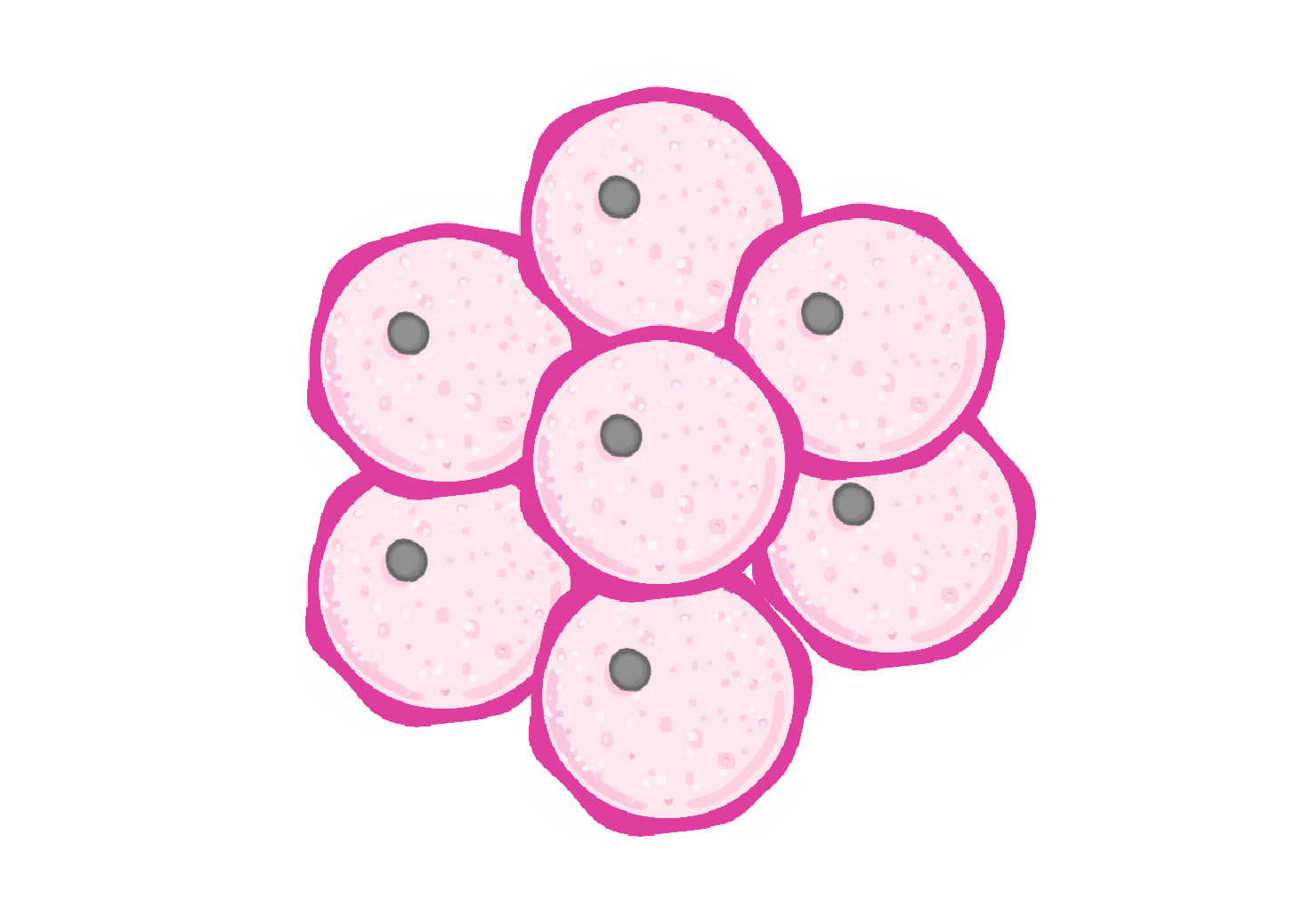Fertility Treatment
This lesson covers:
- How hormones can be used to increase fertility
- What 'IVF' is and how it works
- The pros and cons of IVF
Clomifene is a drug used to increase fertility
Some women struggle to get pregnant because they do not ovulate (release eggs).
Clomifene is a drug used to stimulate ovulation & therefore increase fertility.
How does it work?
- Clomifene blocks the action of oestrogen's negative feedback on LH, so more LH is released.
- This mimics the LH surge just before ovulation, and stimulates the release of eggs.
What does follicle stimulating hormone do?
Stimulate an egg to be released (ovulation)
Maintain the uterus lining
Stimulate an egg to mature
Stimulate the building up of the uterus lining
|
What does luteinising hormone do?
Stimulate an egg to mature
Stimulate an egg to be released (ovulation)
Maintain the uterus lining
Stimulate the building up of the uterus lining
|
If a woman cannot conceive naturally, she can be given (FSH) and (LH), which in many cases will restore fertility.
|
IVF stands for:
"In "
|
The stages of in vitro fertilisation
uterus / embryos / FSH / oestrogen / ovaries / sperm / fertilised / egg
- First, a woman is given and LH to stimulate their eggs to mature.
- These eggs can then be collected from the woman's . is also collected from the male.
- The eggs are then by the sperm.
- These fertilised eggs are then left to grow into in a laboratory incubator.
- Once the embryos are large enough, they are transferred to the women's , so that they can develop into a foetus.
|
Sometimes, fertilising an egg with sperm may require "Intra-Cytoplasmic Sperm Injection (ICSI)".
What is this?
Sperm is injected into an egg cell with a tiny needle
Sperm is fired into an egg cell at a very high speed
Sperm swim along a tiny tube into the egg cell
|

Why are embryos kept in an incubator whilst in the laboratory?
So that the sperm have a higher chance of fertilising the egg cells
To provide the optimum temperature for enzymes and thus cell growth
To prevent mutations taking place within the embryo cells
|
What are the cons of IVF?
(Select all that apply)
It doesn't always work
Have be less than 25 years old
High chance of multiple births and associated complications
It can be stressful and emotionally upsetting
High risk of developing cancer
Can cause abdominal pain and vomiting
|
Why do some people think IVF is unethical?
(Select all that apply)
It helps infertile couples conceive
Some embryos (which had the potential for human life) are destroyed
It could lead to 'designer babies' if parents can select embryos with certain traits
|
During IVF, where are the egg and sperm mixed?
In a surrogate mother
In the fallopian tubes
In a laboratory
|
What do we call the release of an egg from the ovary?
Ovulation
Menstruation
Fertilisation
|
Which of the following statements about clomifene are correct?
(Select all that apply.)
Clomifene leads to fewer eggs being released
Clomifene leads to more eggs being released
Clomifene is a drug that stimulates the release of progesterone
Clomifene is a drug that stimulates the release of LH
|